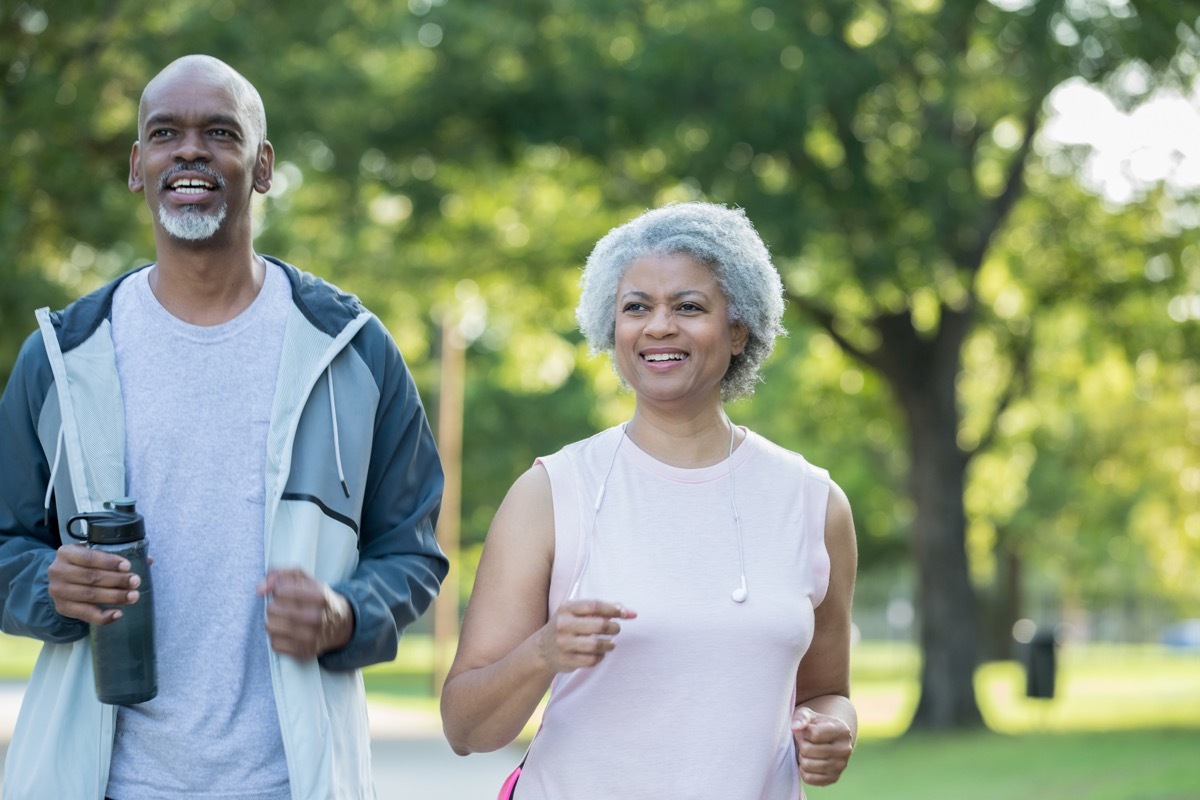8 Top Tips for more flexibility
Being flexible is not just for yogis and gymnasts. It is not only able to do the splits or twist into a pretzel. Being flexible is good for your muscles and ligaments, and it's a great way to keep your body loose and painlessly.
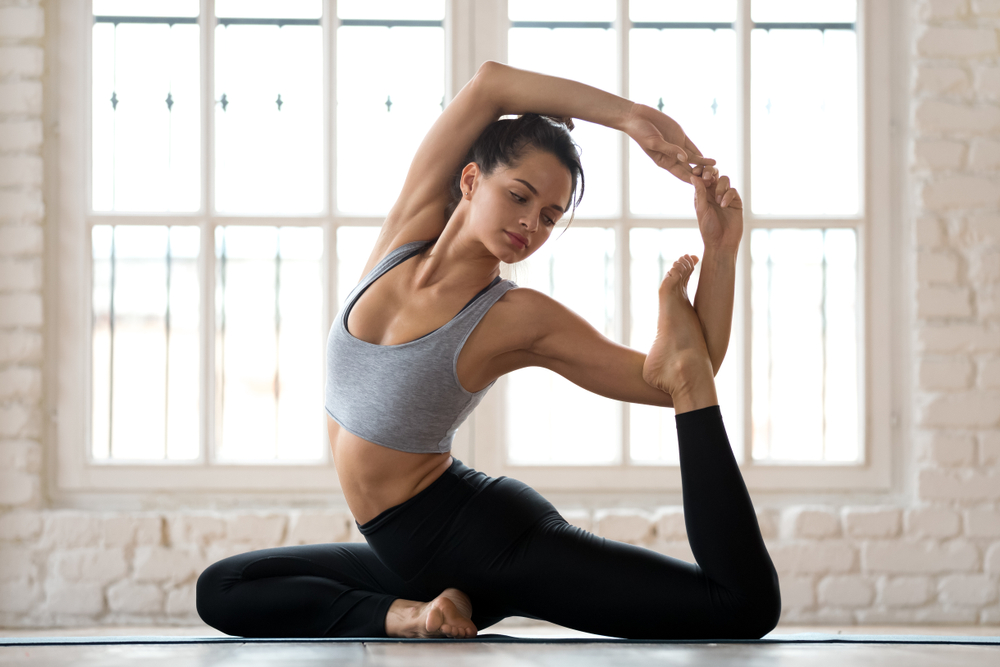
Being flexible is not just for yogis and gymnasts. It is not only able to do the splits or twist into a pretzel. Being flexible is good for your muscles and ligaments, and it's a great way to keep your body loose and painlessly. Stretching can also help relieve muscle cramps and honestly, it feels good to be flexible and in control of your body. Being flexible is also great for preventing injuries and this will prevent you from back pain. Basically, there is no negative to be flexible, only benefits. Here are some tips on how to become more flexible.
1. Warm
Far too many people underestimate the importance of warm up before their stretching. But stretch without warming may do more harm than good. Your muscles should be warm for them to stretch and become more flexible. You might be more flexible than you might think and you will escape from the reality of how your body is flexible.
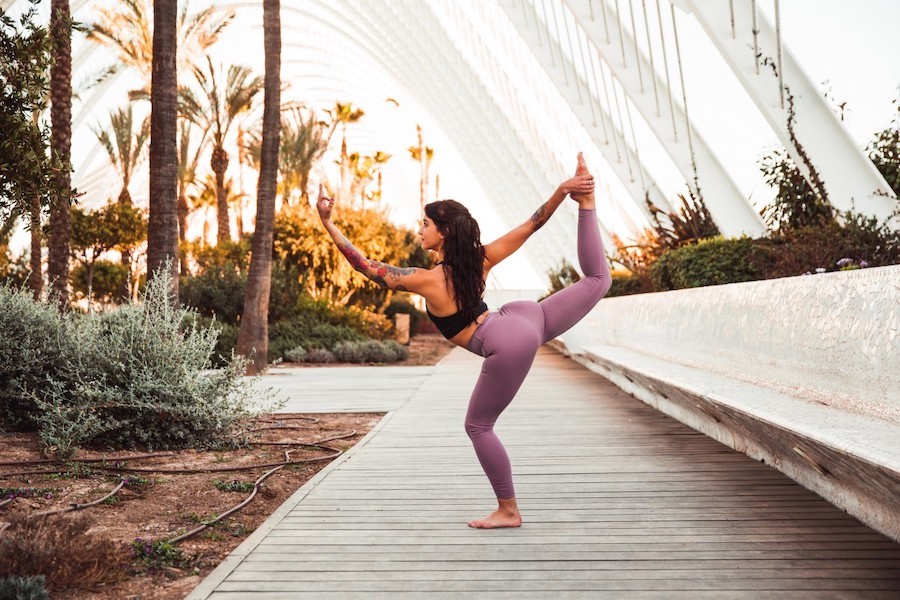
2. Take it one day at a time
Become more flexible will take time and you can not really rush. Your body needs time to get used to something that has not been used before. Then stretch a little every day, just a few minutes per muscle group will, but certainly do not try to make divisions in a day or even a week. You might get hurt and it will turn back on you.

3. stretch everywhere
Many people simply choose an area of their body, for example, they want to bend half perfectly, or just do the splits. But all your muscles are connected, in fact, everything in your body is interconnected so you should stretch your body and work more flexible in general.

4. Remember to breathe
Many people tend to hold their breath while they are stretching, but they argued time. In order to become flexible, you need to relax and breathe you can really help with this. Try breathing just before stretch and breathe while you are trying to get deeper into a stretch. Repeat three to five times for each stretch.
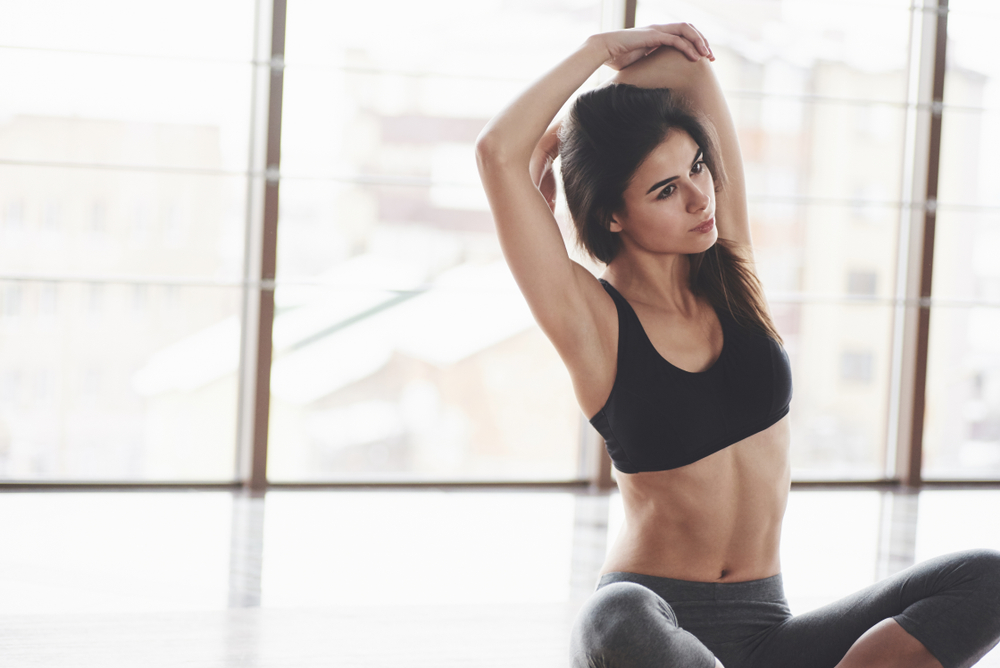
5. You should not feel pain
The saying "No pain - no gain" does not really apply when it comes to improve its flexibility. The goal is to reach maybe a step to the discomfort light and breathe for a few seconds and try to relax, but it should never be painful. Pain means you're going too hard too fast and this can cause that injury.

6. Give yourself time
We are all different and it takes everyone a different amount of time to reach your goals. Some people are just naturally more flexible and others are not and that's okay. There is no need to rush. Your flexibility is largely dependent on genetics and your friend could perhaps make the divisions a month, while it may take you a year, but it's good.
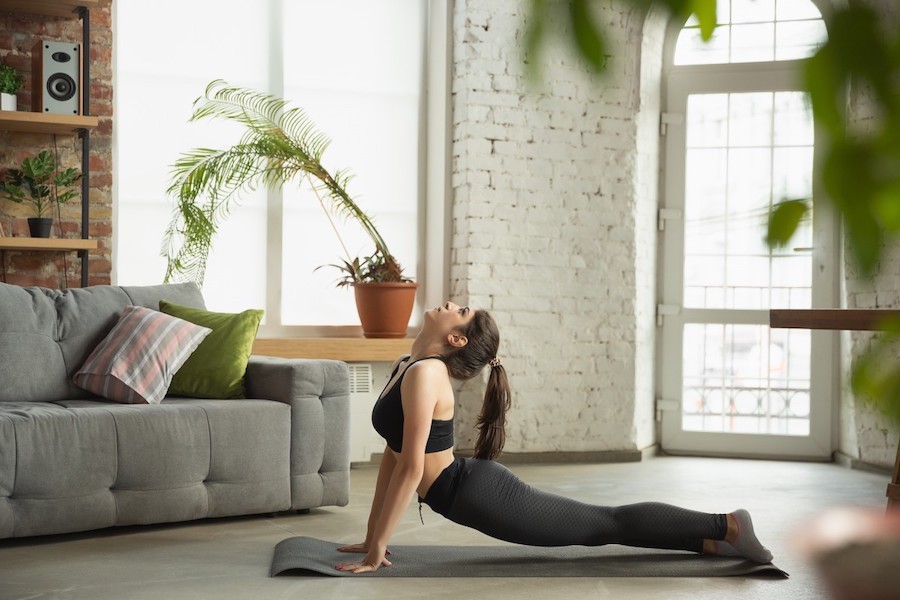
7. Start simple
Find some simple stretches that you like the most and try to do every day. Do not go immediately to something difficult. There are a lot of beginner yoga classes and online beginner stretching that are absolutely free. It's really not rocket science.

8. Stretching is much more active than you think
Becoming flexible is not about to sit in strange poses extended for hours, it's gentle movements that encourage your body to relax and stretch. So instead of just trying different poses stretching, try to move and sway you, it is better to stretch than being static.
